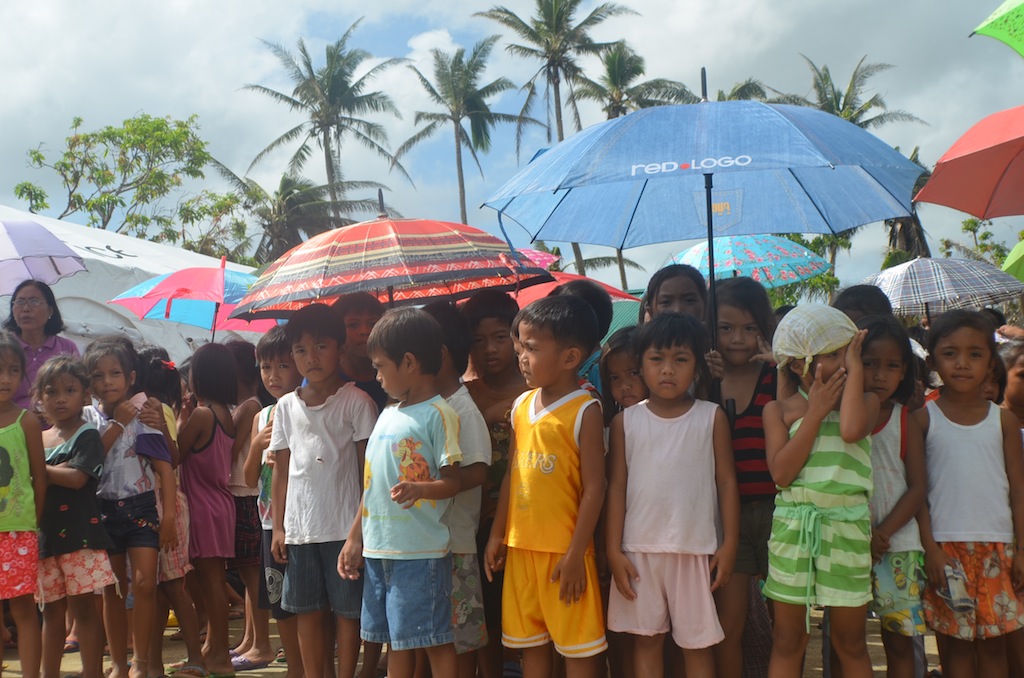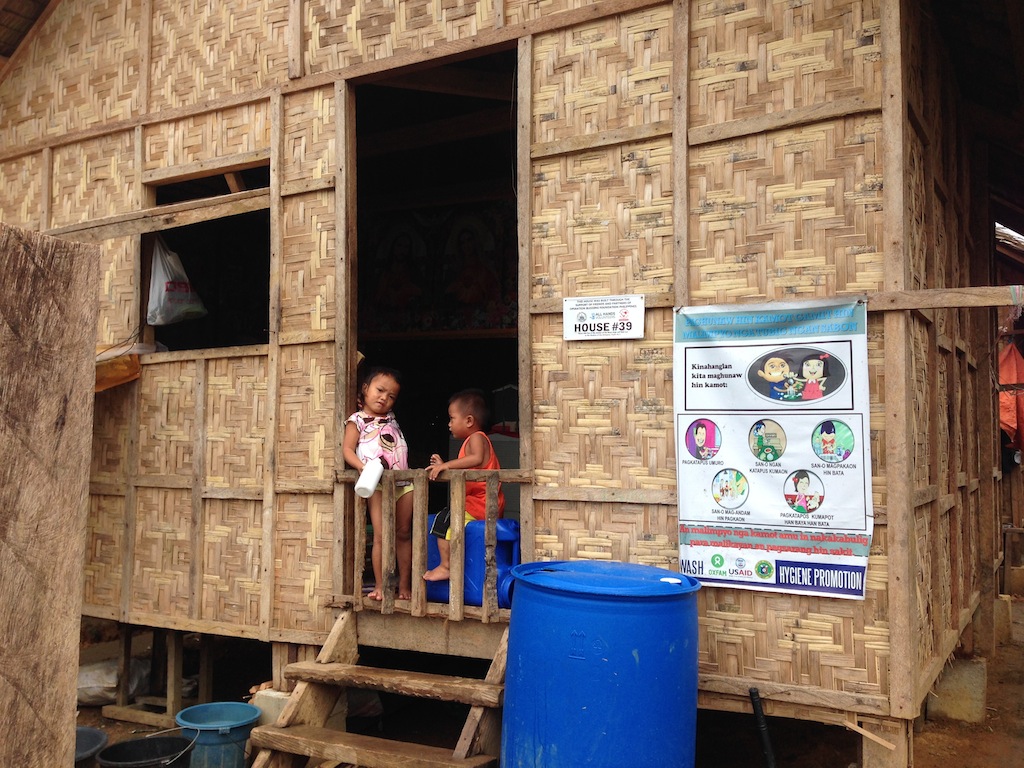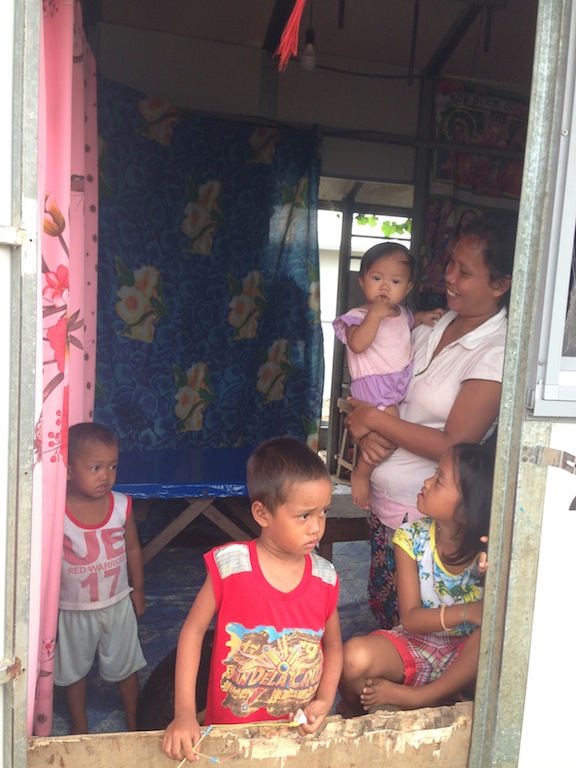“YOLANDA” has been removed on the list of typhoon names used by the Philippine weather bureau after this particular typhoon claimed more than 6,000 lives and flattened entire communities in the Visayas on November 8, 2013.
Yolanda, the super typhoon known by its international name “Haiyan,” is a name many Filipinos would rather forget due to the trail of death and destruction it left.
Two years since the disaster wrought by one of the strongest weather disturbances the world had witnessed in modern history, the Philippine EnviroNews remembers that harrowing day in November when life for Filipinos, especially for people in the Visayas, changed forever.
We feature in our website stories of resilience from those who lived to retell the nightmare that is Yolanda, so that others may find hope to move on, rebuild and dream again.
(The Human Dimensions of Climate Change and Disasters under the Media21 Asia Program of the French Agency for Media Cooperation, CFI)
———–
Children of ‘Haiyan’ find hope, homes
First of a series
By Shaira Panela
PALO, Leyte – Jezreel Alviz Garde, 10, walks a few kilometers from their village here to a community hosting transition shelters carrying a blue basin filled with boiled peanuts that he sells for P10 per bag. He gets P2 for every bag sold.
He sells peanuts every weekend to help put food on the family’s table. Jezreel’s father works in one of the construction projects for another resettlement area in the Tacloban City, like hundreds of other Taclobanons rendered homeless and displaced by the onslaught of Super Typhoon “Yolanda” (international name: Haiyan) on November 8, 2013.
Jezreel and his family have just moved into a permanent housing in Barangay Sto. Nino. They used to live in Sitio Alimasag, Brgy. 88, Tacloban City, a coastal village about 20 km away from their present house, which he describes as comfortable and a safer place when another typhoon strikes.
Jezreel smiles shyly as he describes their new house as “maupay” – “beautiful” in the vernacular.
Like Jezreel, Maria Kristina Cassandra Marces, 9, who called by her family and friends as KC, is one of the children displaced by Haiyan. Life is hard, she said, but she is coping.
KC said she prefers her family’s new home in Barangay San Roque, Tanauan, Leyte. KC’s mother works as a caretaker of a house in Metro Manila while her father takes care of her and her younger brother.
“Mas maganda po ang bahay (Our house is better now compared to our former house),” she said, flashing a wide smile. KC lives in one of the units of the permanent housing site build by the nongovernment foundation Gawad Kalinga.
She shows off their house, with concrete walls and jalousie windows, and a wooden second floor with a partition for two rooms.
But not all children displaced by Haiyan are satisfied with how and where they live nowadays.
Shiela Marcelo, 12, prefers to return to Brgy. Baras, a coastal village in the town of Palo, Leyte.
“Kasi po, doon, nagatrabaho sina mama at papa. Dito, wala kami pera (Because in Baras, my parents have work. Here we don’t have money),” Shiela lamented.
Shiela is one of the four children of a fisherman and a broom maker. As they moved to Barangay San Jose, about 5 kilometers away from the coastline, her family had to adapt to a new environment and look for other sources of income.
Shiela lives in a housing site named Tzu Chi Great Love Village, constructed by the Tzu Chi Foundation on a lot given by the Palo local government. Houses were built out of pre-fabricated polypropylene (PP, a type of plastic) walls and roof and steel frames. The Tzu Chi Foundation is among the first, if not the first, to finish housing construction and the transfer of beneficiaries.
Shiela said the family’s house and neighborhood looks better than their house in Baras, only that the temperature becomes unbearable especially during dry days.
To help augment the family income in the new environment, Shiela does household chores for their neighbors.
“Minsan po, tinatawag ako ng kapitbahay para magahugas ng plato tsaka magwalis (Sometimes, the neighbor calls me to wash their plates or sweep the floor),” said Shiela.
For doing household chores, she’s gets P10 to P20, which she uses to buy food especially during school days.
From time to time, her parents still try to make brooms and visit their old village to fish. Shiela’s mother also helps build houses in an NGO-initiated housing site a few meters away, a typical “cash-for-work” scheme implemented by the government in the province after the typhoon.
Displaced still two years after
Thousands of families have already been transferred to either temporary or permanent houses, including the families of Jezreel, KC and Shiela.
But a little over 16,000 housing units have so far been completed two years after the typhoon. The National Housing Authority, in a report, said it was aiming to build 205,128 houses.
Tacloban City Housing Officer Ted Jopson said the main problem why they cannot transfer displaced Taclobanons in permanent houses is the water supply.
“We cannot move people unless the national government help us or give us assistance since we do not have the capacity to lay down pipes and provide them water supply,” Jopson said.
The northern part of Tacloban City is a mountainous area. Jopson said much of the development in the city is in the southern part and as the local government declared no-build zones in coastal areas, they find moving about 40 percent of the city’s population up north challenging.
The city government targets to move more than 14,000 households but only 1,083 housing units had been finished as of October. Only 35 of these units are occupied as many residents still live in temporary shelters, waiting for the chance to be transferred to permanent housing sites.
“Every day, the local government delivers water (to the north) and we have only three water tanks. The average delivery is about 75 tons a day,” said Jopson.
Jopson said that this amount is only enough to supply 1,000 families.
Despite the poor living conditions in many parts of Leyte province since Haiyan, families displaced by the typhoon believe there is hope for rebirth.
But the government’s long-promised rebuilding and livelihood support, they said, should be prioritized so people, especially the young survivors, can return to their normal lives.
cover photo by Mel Caspe in Tacloban
photos by Imelda Abano
Latest posts by EnviroNewsph (see all)
- Global fund aimed at protecting nature and accelerate investment in conservation, launched in Canada - August 25, 2023
- Why ‘loss and damage’ is the most bitterly fought-over issue at COP27 climate talks? - November 18, 2022
- U.S. hands over P2.3M in equipment and wildALERT system to PH to protect wildlife - December 16, 2020







